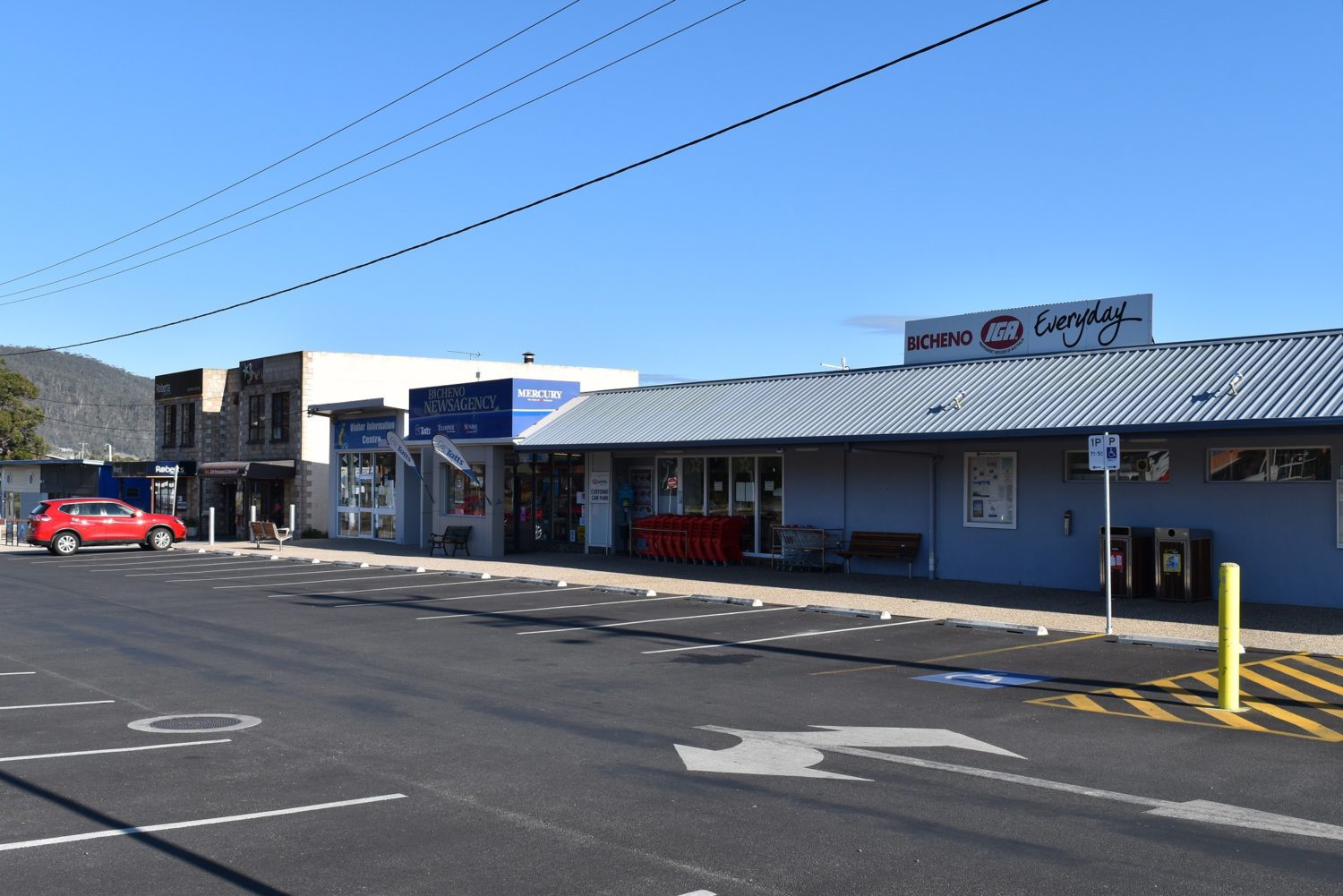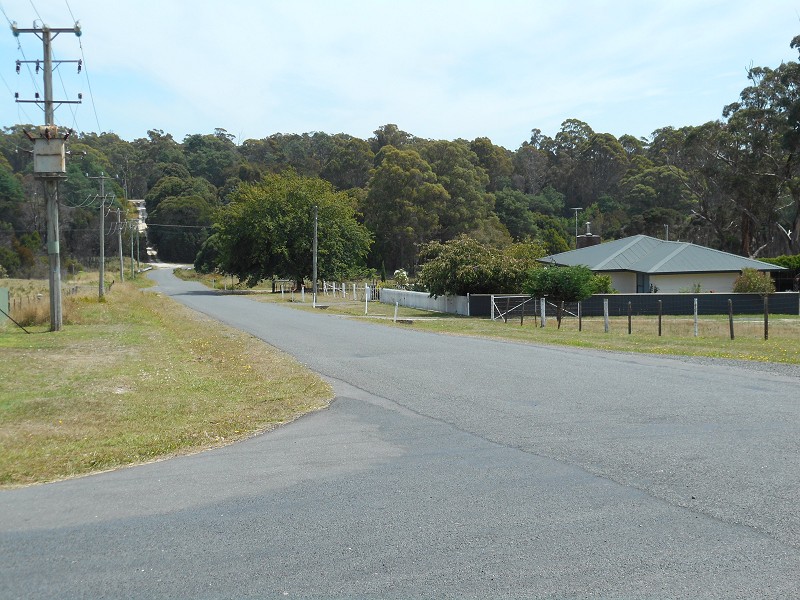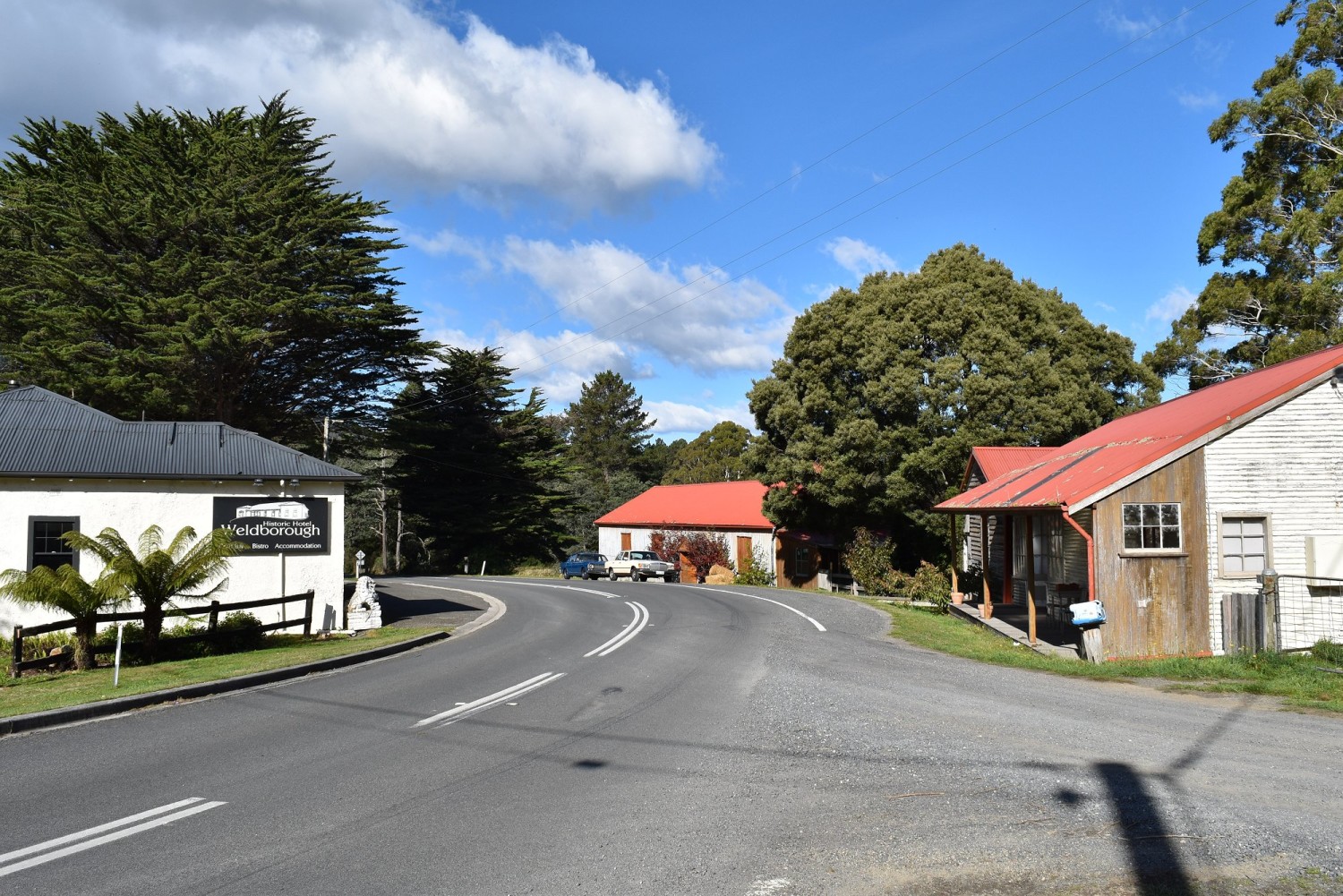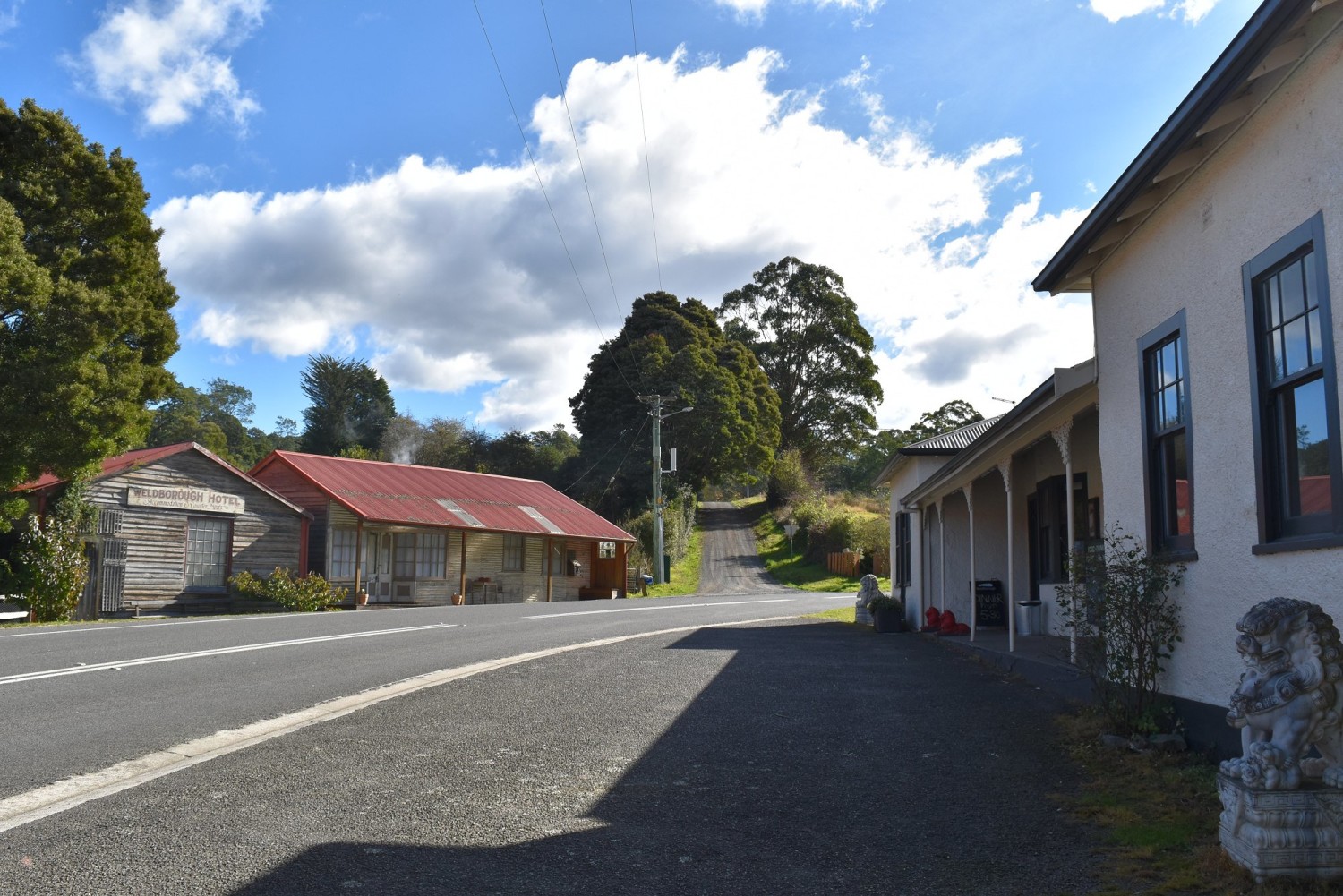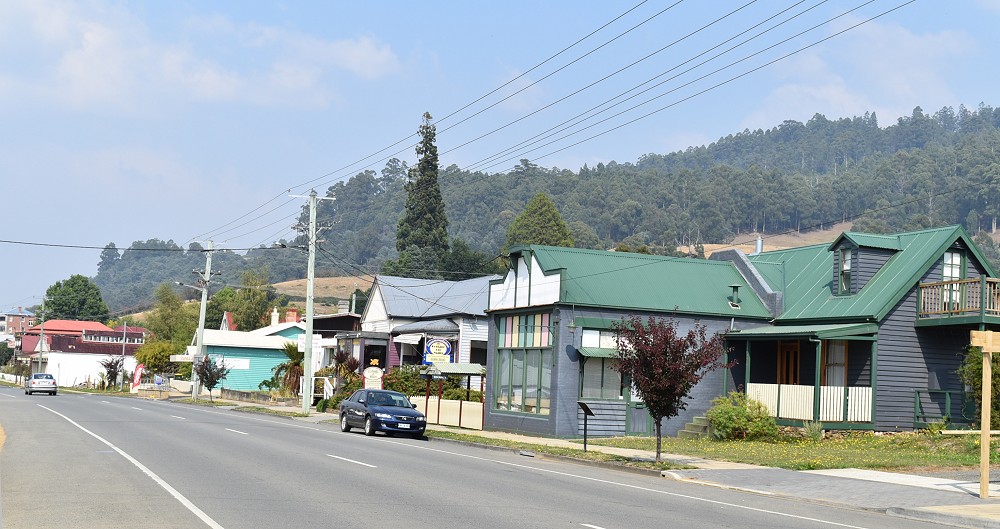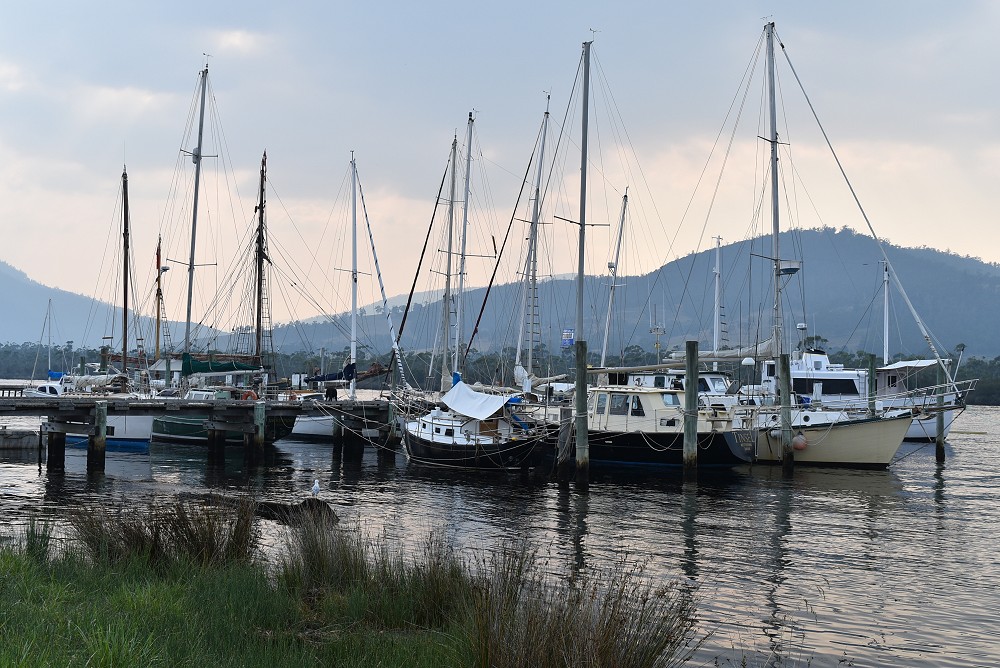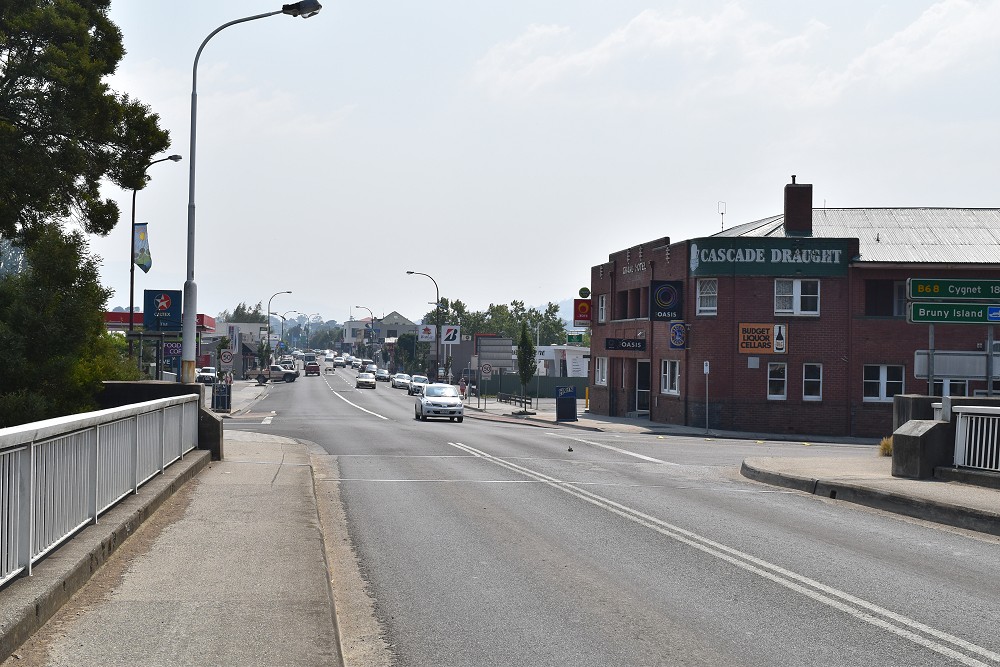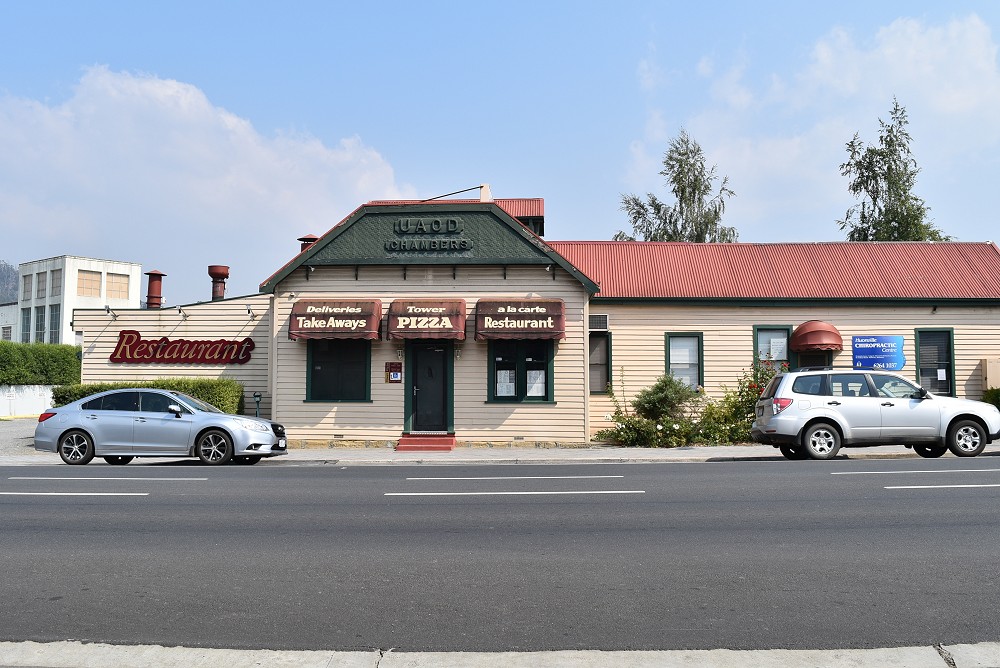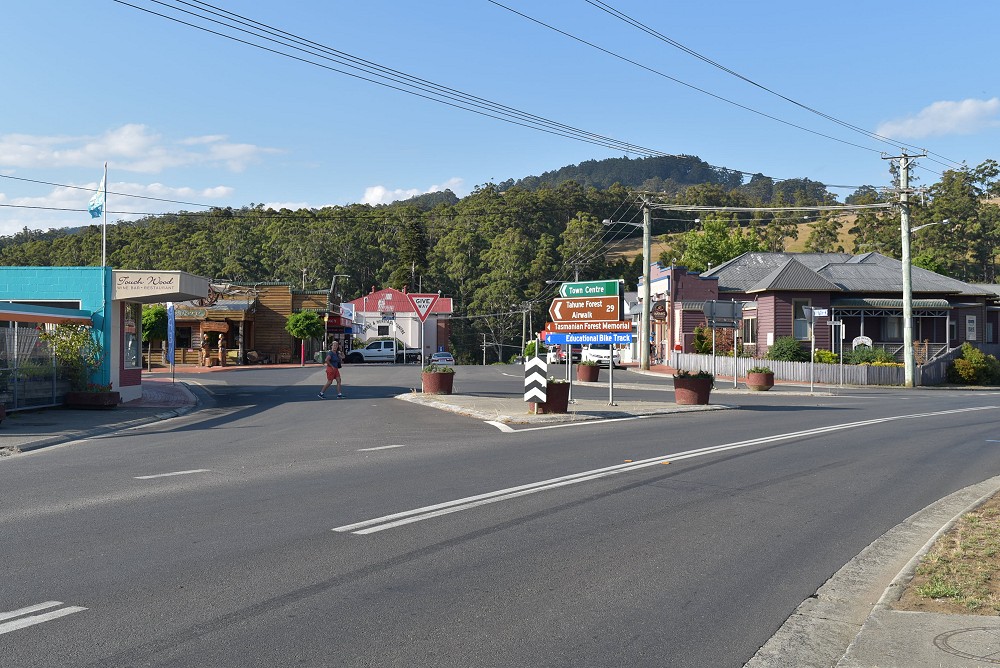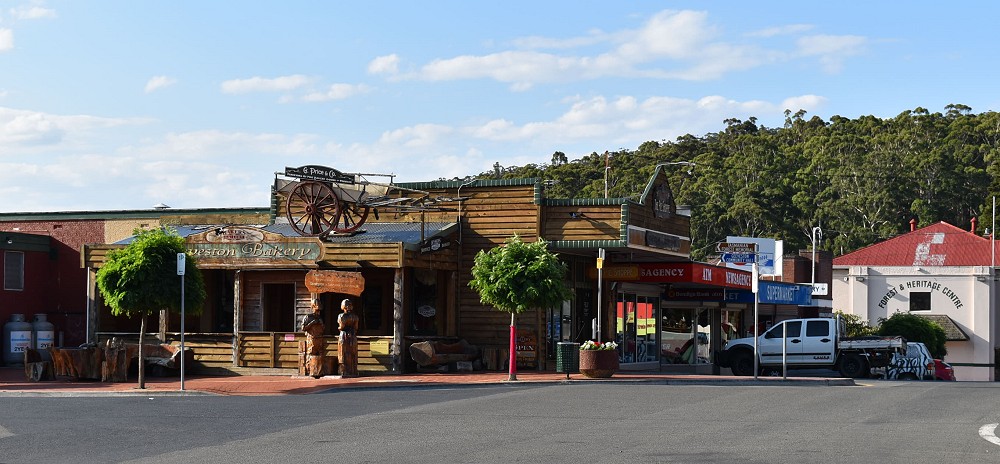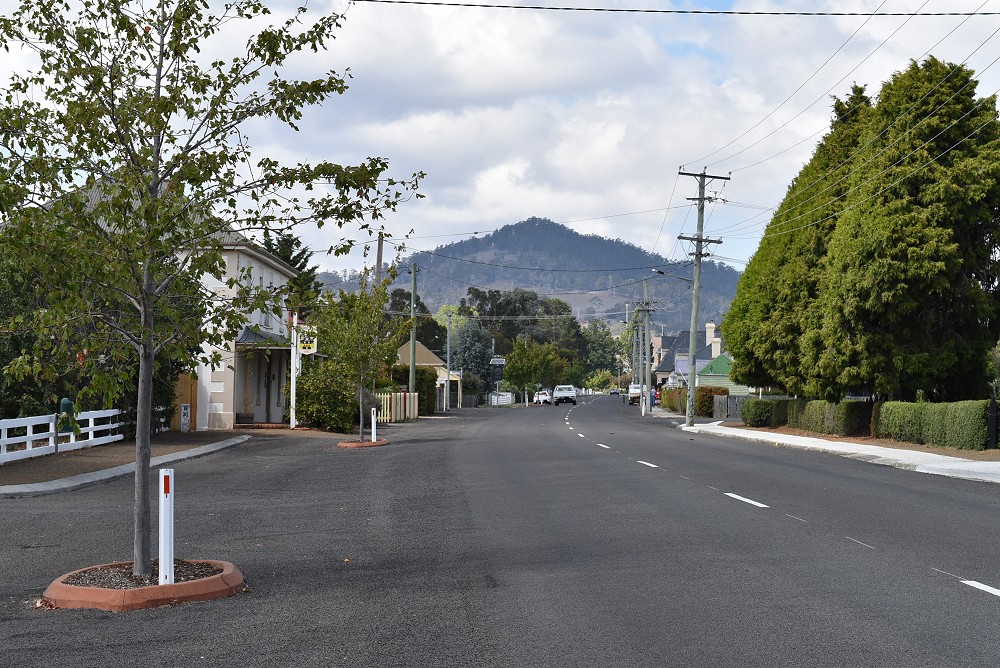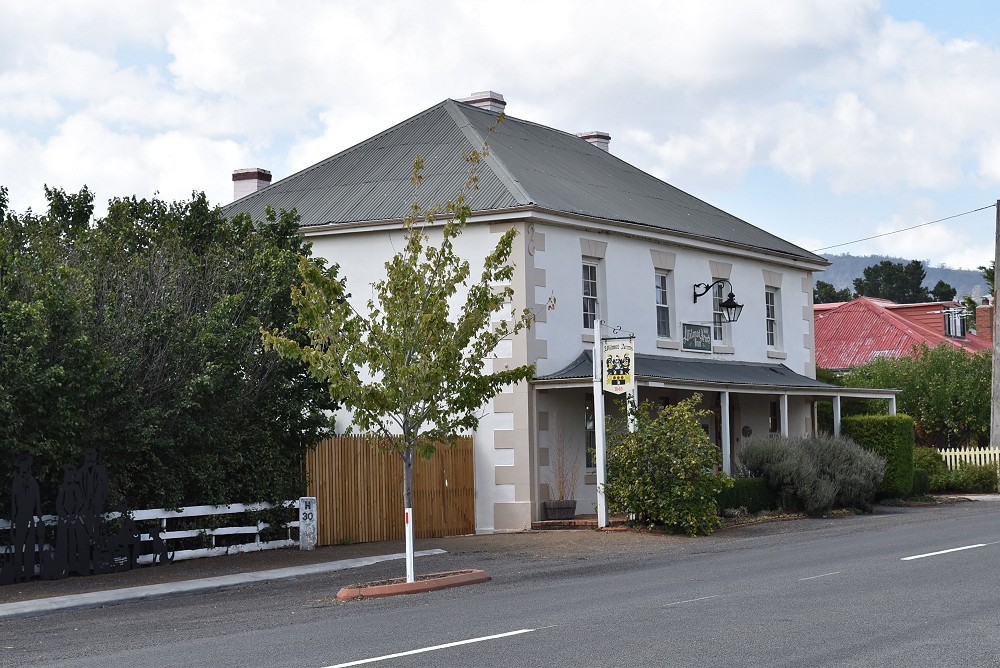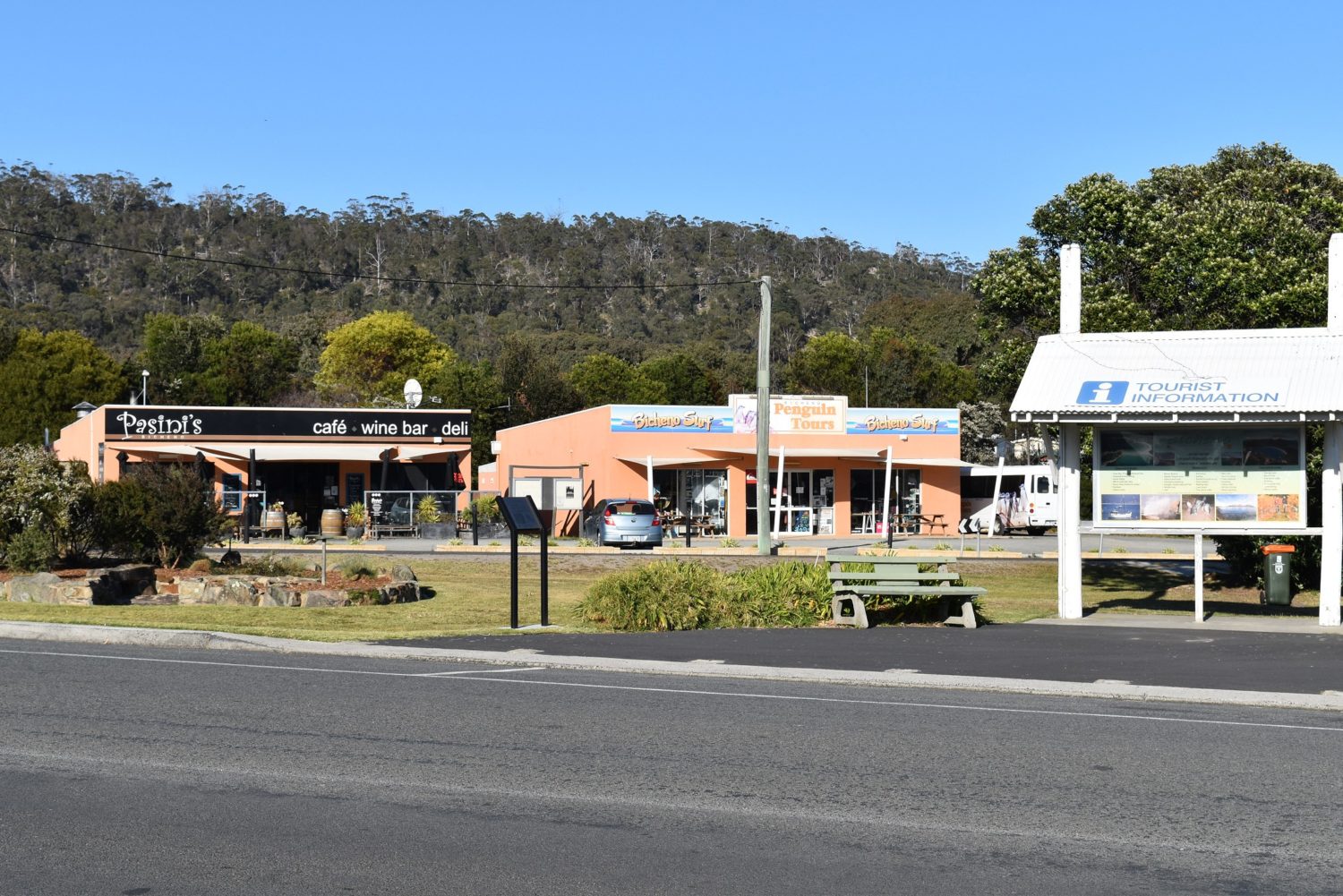
The information panel just visible there outlines the Bicheno History Trail and says, in part:
It was the discovery of coal in the 1840’s which led to a permanent settlement at Bicheno. The Douglas River Coal Company shipped coal through Waub’s Boat Harbour. Government officials were brought into the area and support industries were well established. However, the mines were ultimately unsuccessful and eventually closed in 1858.
In the late 19th century, the commercial potential of the fishing ground off Bicheno began to be recognised, and by the 1930’s the industry was well established.
Tourism was in its infancy around the turn of the century, although Bichno, being relatively isolated by poor roads, was not seen as a visitor destination. Travellers had to rely on the steamer service, or rail and coach. However, in the period following World War II, the tourism industry on the East Coast really began to take off and remains an important part of Bicheno’s economy today.
There are similar panels around the town. I’ve included some of the text from them below, in italics.
At the town’s major crossroad of Burgess and Foster Street, using £750 in deferred pay form his service in the R.A.A.F., and with the help of his sister, [Brian Winspear] opened a small shop and soon after a service station. The service station was removed in the 1980’s.
